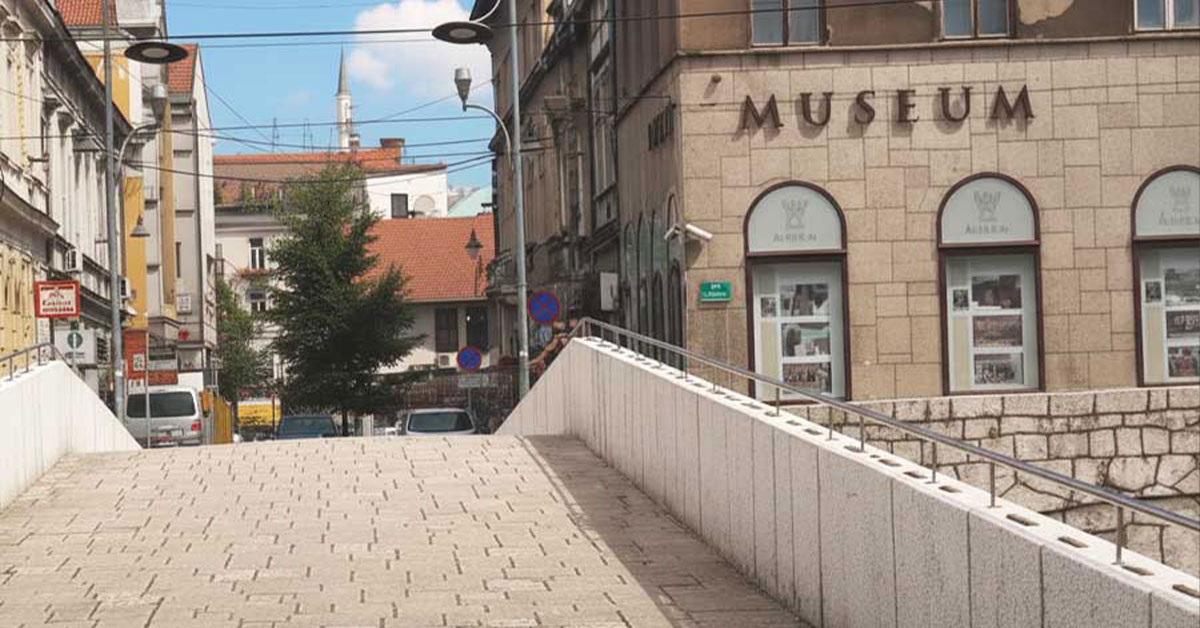Sarajevo, a city at the crossroads of civilizations, proudly keeps its history alive through a sea of museums – from stories told in the silence of objects to the vibrations of light and color in its galleries.
This guide brings you the 12 most visited museums in Sarajevo – with details on opening hours, ticket prices, and addresses – and also a complete list of all museums in the city at the end, so you can explore every option.
Table of Contents
1. Tunnel of Hope / Sarajevo Tunnel Museum
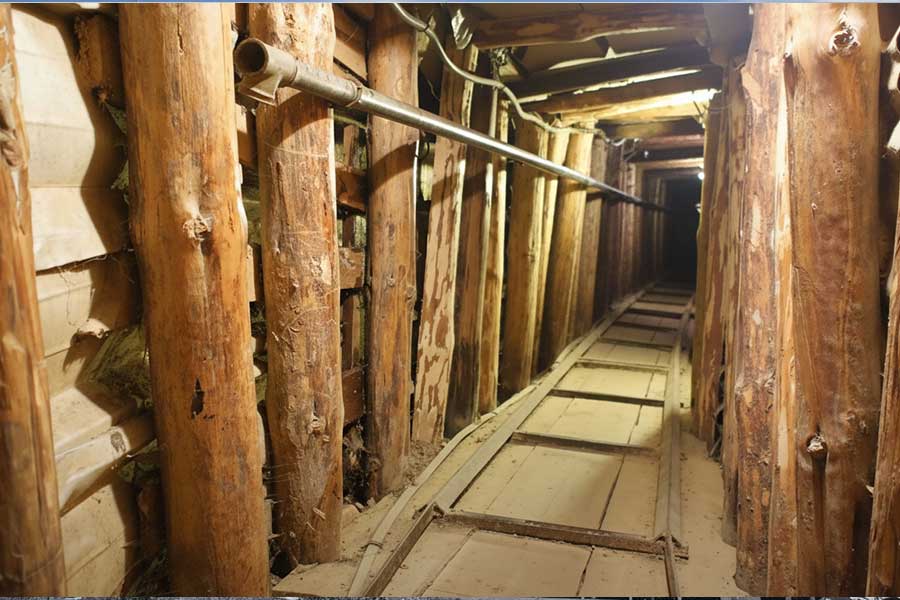
During the siege of Sarajevo, the city was cut off from the outside world. On the surface there was darkness of shells and snipers, but under the airport runway a hidden artery was beating – the Tunnel of Hope. Dug by hand, without machines, this 800-meter corridor became the lifeline of the city. Civilians with bags, wounded on stretchers, soldiers with sacks of flour, even power and telephone cables – all passed through this narrow passage.
Today, at the site of the original entrance, stands a museum that preserves this story. Visitors can step into a reconstructed part of the tunnel, feel the damp walls and low ceiling that forces you to bend. Documentaries show scenes of daily traffic: elderly women carrying packages, children hiding in the dark, soldiers dragging supplies.
Unlike big museums where history is behind glass, here you can literally touch it. The Tunnel of Hope is a reminder that survival is not always about technology, but about persistence and courage.
Address: Tuneli 1, Donji Kotorac, Ilidža, Sarajevo
Web: www.tunelspasa.ba
Opening hours: Every day 09:00–15:30
Tickets: Adults 10 KM, students 5 KM
2. National Museum of Bosnia and Herzegovina
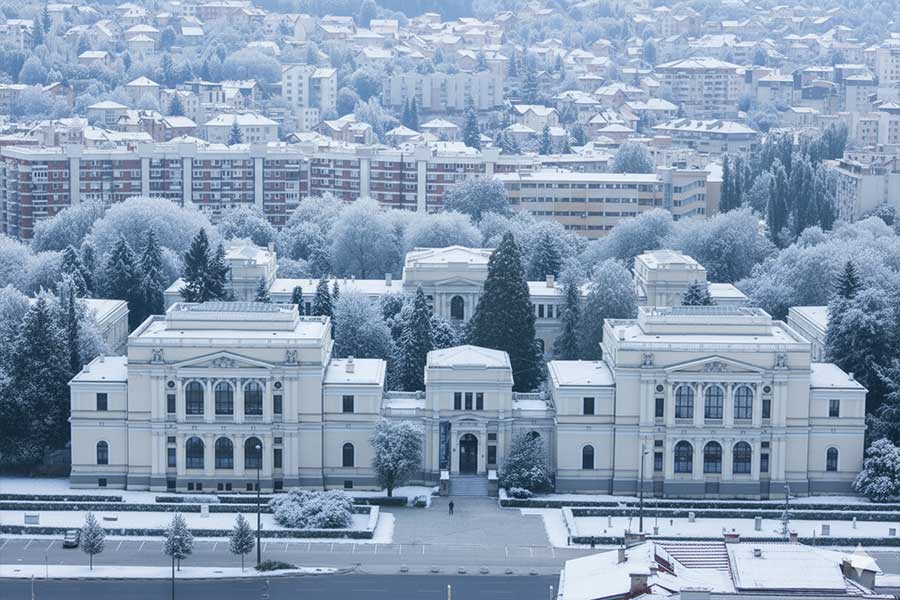
In front of the monumental pavilions at Marijin Dvor you feel the weight of an institution older than most modern states. Founded in 1888, the National Museum is the oldest and largest cultural institution in Bosnia and Herzegovina.
Inside awaits a treasure trove: fossils, a botanical garden with exotic plants, medieval tombstones, Roman mosaics, and ethnographic collections. The most valuable jewel is the Sarajevo Haggadah, a 14th-century illuminated manuscript that survived inquisitions, fires, and wars. Today it is displayed in a special room as a symbol of cultural survival.
What makes this museum unique is its wide scope. While the War Childhood Museum or Gallery 11/07/95 focus on one event, the National Museum offers a panorama of all human history in these lands. Walking through it feels like leafing through an encyclopedia of Bosnia and Herzegovina – from prehistory to the Ottoman era.
Address: Zmaja od Bosne 3, Sarajevo
Web: www.zemaljskimuzej.ba
Opening hours: Tue–Fri 10:00–19:00, Sat–Sun 10:00–18:00, closed on Mondays
Tickets: Adults 20 KM, students 10 KM, children 2 KM
3. War Childhood Museum
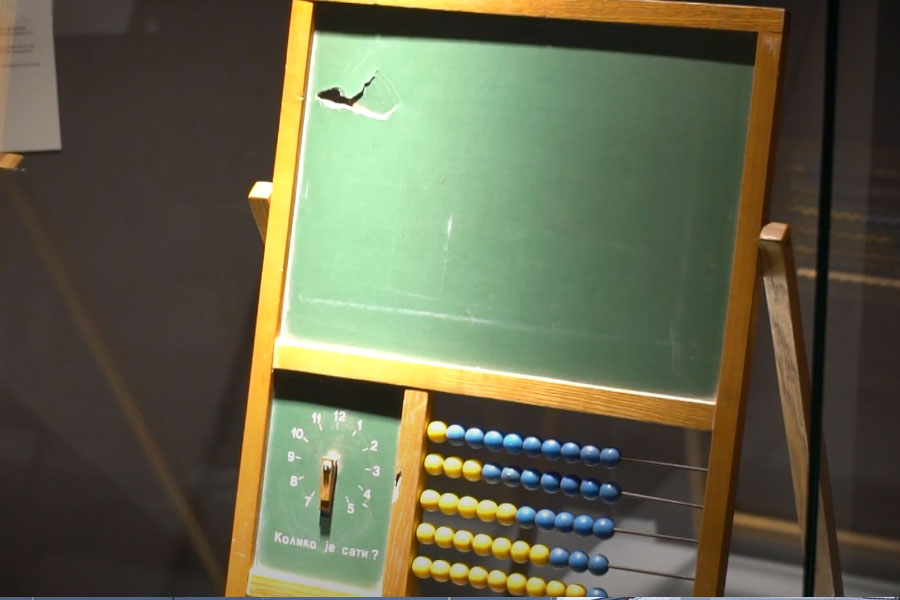
In a quiet street in the city center stands a museum that does not talk about armies or battles. The War Childhood Museum tells the story of childhood interrupted by war. In glass cases are teddy bears, diaries, drawings, and gloves. Each object has a name and a story: a doll that was the only friend, a letter kept as a lucky charm, gloves that warmed small hands.
Alongside these objects are voices – video testimonies of children who grew up but whose memories remain. Visitors enter a world where play was replaced by fear of sirens and shells. This is not history told through dates and strategies, but through the eyes of the youngest.
Unlike the Historical Museum, which offers a wide panorama, the War Childhood Museum goes into intimacy. It proves that history is not only about kings and generals, but also about children’s dreams put on hold.
Address: Logavina 32, Sarajevo
Web: www.warchildhood.org
Opening hours: Every day 11:00–19:00 (last entry 18:30)
Tickets: Adults 10 KM, students 8 KM, children 5 KM, family 25 KM
4. Sarajevo Museum 1878–1918
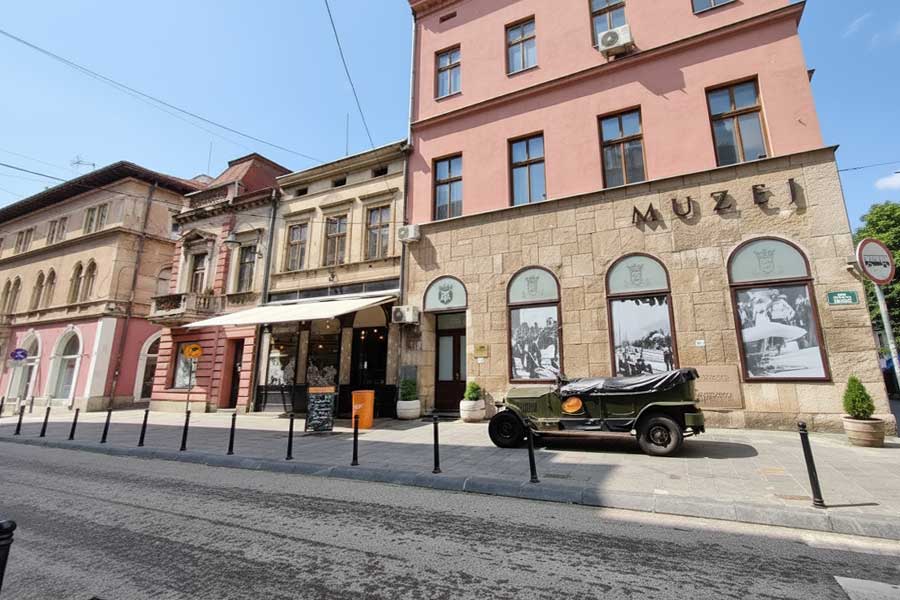
At the corner of the Latin Bridge is a small building with a big story. The Sarajevo Museum 1878–1918 is dedicated to the period of Austro-Hungarian rule, when the city got its first trams, bridges, and schools.
The central focus is the assassination of Archduke Franz Ferdinand in 1914. The original weapon, photos, and documents take you back to the moment when shots from Gavrilo Princip echoed across the world and triggered World War I. But the museum also shows daily life before that – architecture, fashion, and habits of the time.
Unlike the war museums of the 1990s, here you feel Sarajevo at the dawn of modernization, but also at the edge of global conflict.
Address: Zelenih beretki 1, Sarajevo
Web: www.muzejsarajeva.ba
Opening hours: Mon–Fri 09:00–16:00, Sat 09:00–15:00, closed Sundays
Tickets: Adults 4 KM, discounts for students and children
5. Historical Museum of Bosnia and Herzegovina
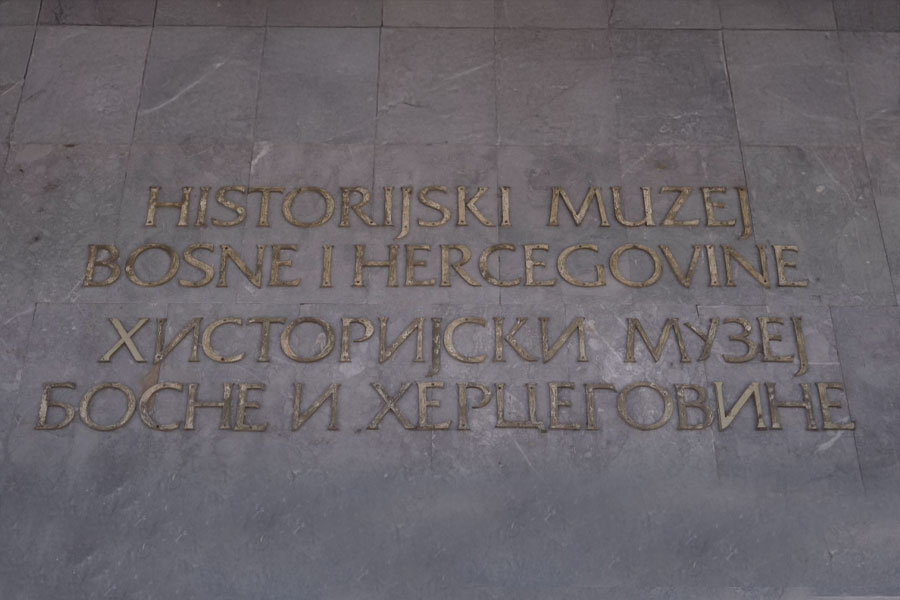
The massive concrete building near Marijin Dvor hides more than 400,000 objects. The Historical Museum takes visitors from the Middle Ages through the Ottoman and Austro-Hungarian periods to modern wars.
The most striking section is the exhibition on the siege of Sarajevo. Here you see improvised stoves made from cans, lamps connected to batteries, diaries and photos. Each object tells a story of resourcefulness and survival.
Unlike the Tunnel of Hope, which shows one lifeline, the Historical Museum provides the broader picture. It reminds us that the history of Bosnia is not only war, but also constant adaptation and resilience.
Address: Zmaja od Bosne 5, Sarajevo
Web: www.muzej.ba
Opening hours: Usually daily 09:00–19:00 (varies in winter)
Tickets: Adults 5 KM, students 2–3 KM
6. National Gallery of Bosnia and Herzegovina
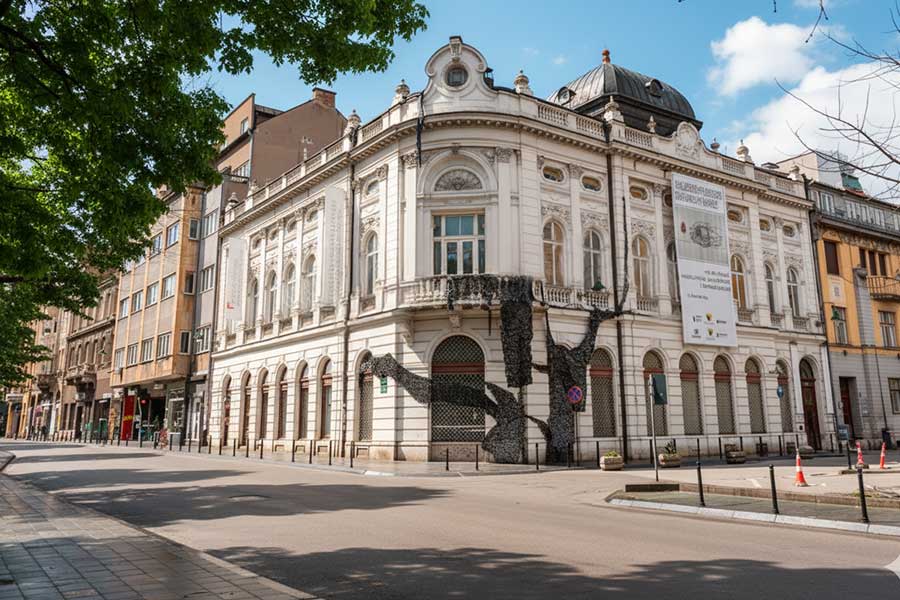
The National Gallery holds more than 6,000 works of art: landscapes, portraits, and modern installations. Its walls are filled with colors and imagination.
The gallery’s value is in contrast. While war museums speak of pain and survival, here you find beauty and reflection. Paintings by Bosnian artists prove that Sarajevo is not only a city of tragedies, but also of inspiration.
It is a shelter of peace, where history is seen through brushstrokes and color. It reminds visitors that art survives even the hardest times.
Address: Zelenih beretki 8, Sarajevo
Web: www.ugbih.ba
Opening hours: Tue–Sat 11:00–20:00, closed Sundays and Mondays
Tickets: Adults 5 KM, students 2–3 KM
7. Siege of Sarajevo Museum 1992–1995
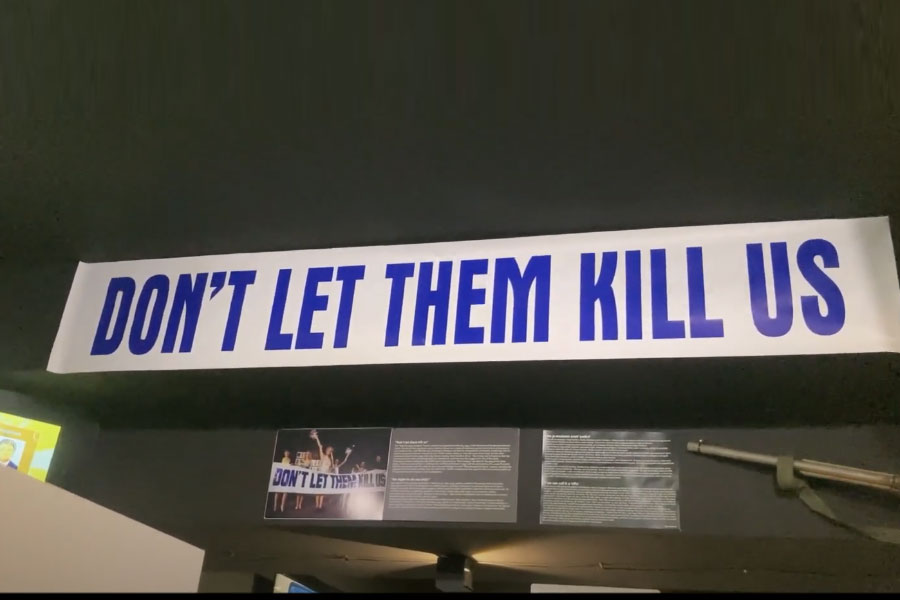
Near Veliki park stands a smaller but powerful museum dedicated entirely to the city’s longest years. The Siege of Sarajevo Museum focuses only on the period 1992–1995, when Sarajevo lived under daily shelling and snipers.
Inside are personal belongings of citizens: improvised stoves, water canisters, makeshift radios, and photographs of everyday survival. Rooms recreate the atmosphere of basements where families hid during shelling. Unlike the Historical Museum, which gives a wide panorama, here the story is more personal and concentrated — life reduced to the basics of survival.
What makes this museum striking is the intimacy. Visitors feel how ordinary objects — a candle, a child’s notebook, a piece of bread — became symbols of resistance. It is not a grand narrative of politics and battles, but a close-up view of how a city endured.
Address: Muvekita 5, Sarajevo (near Veliki Park)
Web: siegeofsarajevo.ba
Opening hours: Usually daily 10:00–18:00 (varies by season)
Tickets: Adults 10 KM, students 5 KM
8. Svrzo’s House
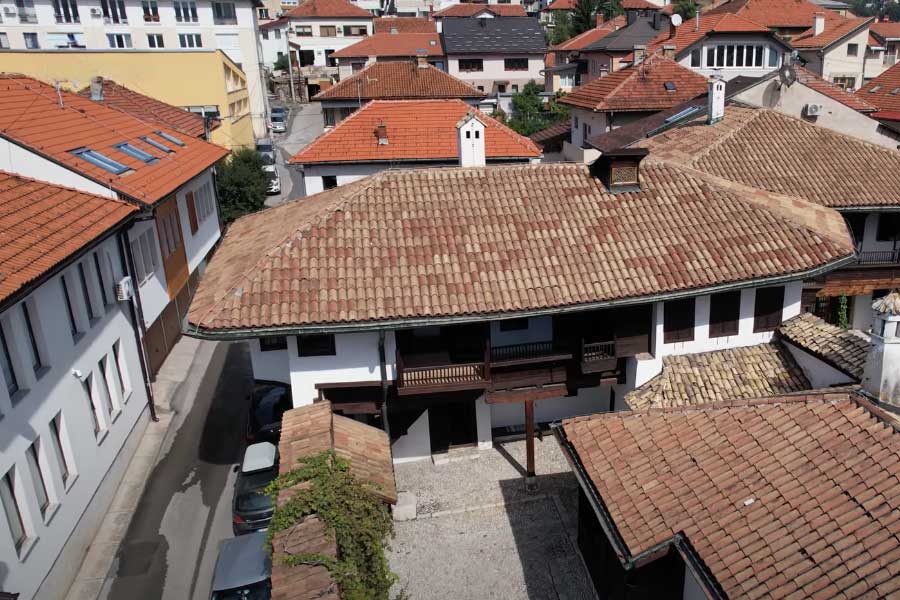
In Sarajevo’s old town stands Svrzo’s House, a museum of Ottoman architecture and lifestyle. Passing through its wooden gates takes you back to the 18th and 19th centuries.
Inside are separate men’s and women’s quarters, richly decorated rooms, and quiet courtyards. Here you see how a Sarajevo family lived – where they received guests, where women spent their days, and how privacy was guarded.
Unlike big museums with thousands of objects, this one tells of daily life. Svrzo’s House shows that history is not only wars and politics, but also kitchens, bedrooms, and courtyards.
Address: Glođina 8, Sarajevo
Web: www.muzejsarajeva.ba
Opening hours: Mon–Fri 10:00–16:00, Sat 10:00–15:00, closed Sundays
Tickets: Adults 3 KM, children 1 KM
9. Jewish Museum of Bosnia and Herzegovina
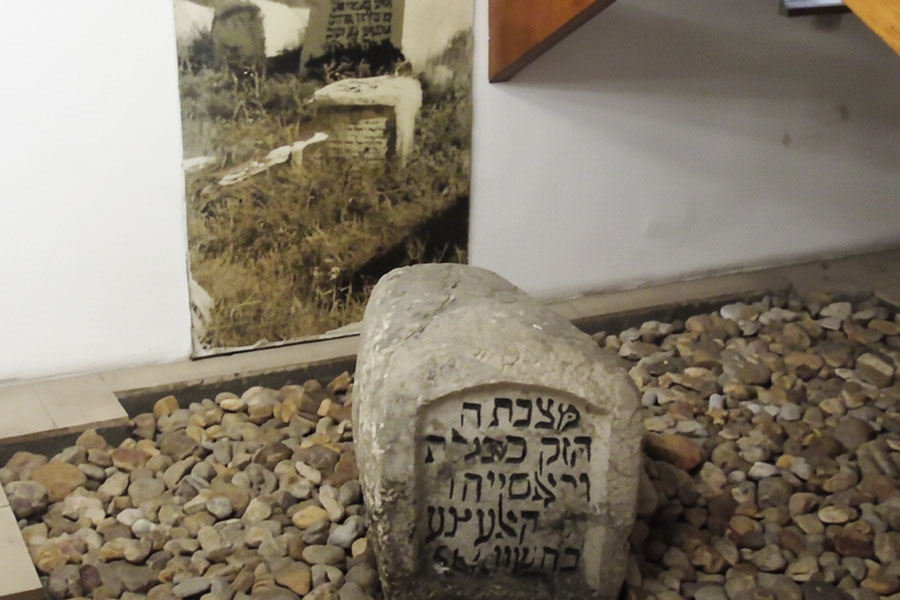
Housed in a 16th-century synagogue, the Jewish Museum tells the story of Sarajevo’s Sephardic community. They came here after expulsion from Spain and shaped the city’s culture and trade for centuries.
Displayed are prayer books, manuscripts, ritual objects, and photos. The museum also reminds of the community’s suffering during the Holocaust.
Unlike other museums, the focus here is on a minority whose story is part of Sarajevo’s identity. It proves that the city’s multiculturalism is more than a phrase – it is lived tradition.
Address: Velika Avlija bb, Sarajevo
Web: www.muzejsarajeva.ba
Opening hours: Mon–Fri 10:00–16:00, Sat 10:00–15:00, closed Sundays
Tickets: Adults 3 KM, children 1 KM
10. Sarajevo Brewery Museum
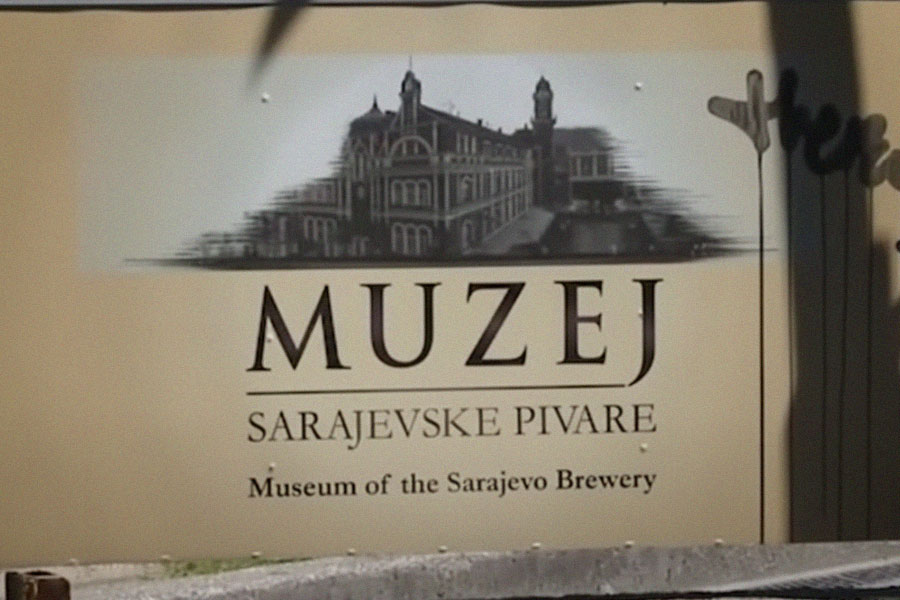
On the bank of the Miljacka River, behind red walls built in 1864, stands the Sarajevo Brewery Museum. It tells not only the story of beer, but of industrial growth and social life.
Old machines, bottles, posters, and photos show how beer became part of Sarajevo’s everyday culture. Visitors often end the tour with a tasting – connecting history to the present moment.
Unlike classic museums, here you can taste the past. Beer in Sarajevo is not just a drink – it is a symbol of gathering and community.
Address: Franjevačka 15, Sarajevo
Web: www.sarajevska-pivara.com/muzej
Opening hours: Mon–Sat 11:00–17:30
Tickets: Adults 5 KM
11. Museum of Optical Illusions Sarajevo
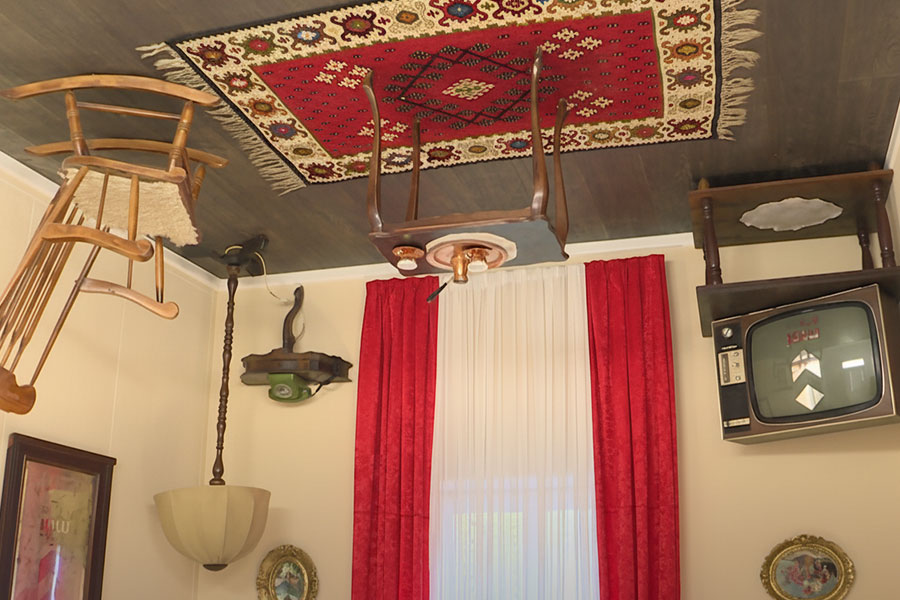
At Skenderija you find a museum where logic doesn’t apply. The Museum of Optical Illusions is full of rooms that trick the eye, mirrors that multiply, and installations that blur the line between real and imagined.
This is a place of fun and surprise. Children and adults laugh equally, discovering how easily the mind can be fooled.
Unlike serious museums of history, here you play with perception. It is proof that Sarajevo is not only about pain, but also joy and curiosity.
Address: Skenderija 28, Sarajevo
Web: www.moisarajevo.ba
Opening hours: Every day 11:00–19:00
Tickets: Adults 10 KM, children 7 KM
12. Sarajevo VRX Immersive Museum
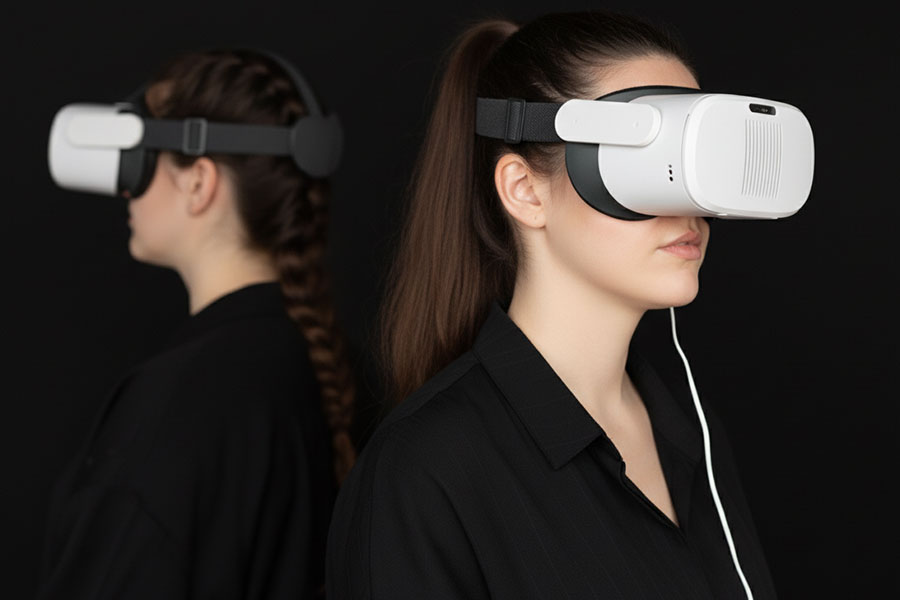
In Dalmatinska Street stands the Sarajevo VRX Museum, a space of the future. Using virtual reality, it takes visitors back into the past or into the legends of the city.
With VR glasses you are no longer a spectator – you walk through Ottoman alleys, enter a wartime shelter, or fly above the city as it looked a century ago.
Unlike traditional museums with display cases, here you are inside the story. Sarajevo tells its past in the most modern language of technology.
Address: Dalmatinska 4, Sarajevo
Web: www.sarajevovrx.com
Opening hours: Every day 10:00–20:00
Tickets: Adults 15 KM, students/children 10 KM
Complete List of Museums in Sarajevo
| Museum | Address | Opening hours | Tickets |
| National Museum of BiH | Zmaja od Bosne 3 | Tue–Fri 10–19, Sat–Sun 10–18 | 20 KM adults, 10 KM students, 2 KM children |
| War Childhood Museum | Logavina 32 | Every day 11–19 | 10 KM adults, 8 KM students, 5 KM children |
| Tunnel of Hope | Tuneli 1, Ilidža | Every day 9–15:30 | 10 KM adults, 5 KM students |
| Historical Museum of BiH | Zmaja od Bosne 5 | Varies (usually 9–19) | 5 KM adults, 2–3 KM students |
| Sarajevo Museum 1878–1918 | Zelenih beretki 1 | Mon–Fri 9–16, Sat 9–15 | 4 KM adults |
| National Gallery of BiH | Zelenih beretki 8 | Tue–Sat 11–20 | 5 KM adults |
| Gallery 11/07/95 | Trg fra Grge Martića 2/III | Every day 10–18 | 12 KM adults, 6 KM students |
| Svrzo’s House | Glođina 8 | Mon–Fri 10–16, Sat 10–15 | 3 KM adults, 1 KM children |
| Jewish Museum | Velika Avlija bb | Mon–Fri 10–16, Sat 10–15 | 3 KM adults, 1 KM children |
| Sarajevo Brewery Museum | Franjevačka 15 | Mon–Sat 11–17:30 | 5 KM adults |
| Museum of Optical Illusions | Skenderija 28 | Every day 11–19 | 10 KM adults, 7 KM children |
| Sarajevo VRX | Dalmatinska 4 | Every day 10–20 | 15 KM adults, 10 KM students |
| Brusa Bezistan | Abadžiluk 10 | Varies (seasonal) | Varies |
| Despić House | Mula Mustafe Bašeskije, Old Town | Varies | Varies |
| Ars Aevi Museum of Contemporary Art | Skenderija | Varies | Varies |
| Museum of Literature & Performing Arts | Sime Milutinovića Sarajlije 7 | Varies (usually 10–17) | Varies |
| Alija Izetbegović Museum | Kapi-kula, Ploča 2 | Varies | Varies |
| Memorial House of Žuč Liberators | Vogošća, Žuč | Varies | Varies |
| Gallery 11/07/95 | Trg fra Grge Martića 2/III | Every day 10–18 | 12 KM adults, 6 KM students |
Our Most Popular Tours To Sarajevo
We offer many tours that include a visit to Sarajevo and its most popular locations:
- Sarajevo Siege Tour & War Tunnel 1992 / 1996 (Most Popular)
- Full Day tour from Sarajevo to Međugorije & Mostar
- Full Day Tour from Sarajevo to Travnik and Jajce
- Full-Day 5 Cities Tour from Sarajevo to Herzegovina (Mostar)
- Full day Tour from Sarajevo to Dubrovnik (Kotor or Split)
- Full Day tour from Sarajevo to Belgrade
Don’t Hesitate To Say Hi!
Got any questions about our tours or the city? Don’t hesitate to contact us anytime for more info and booking.
Use the following phone number and email:

